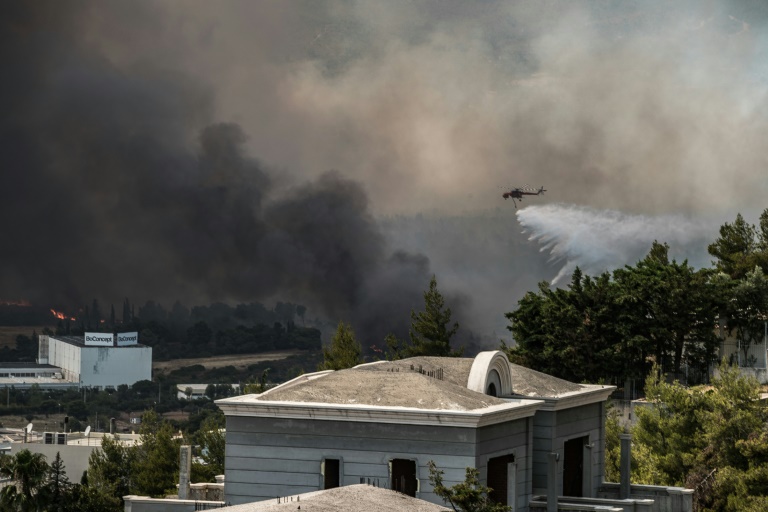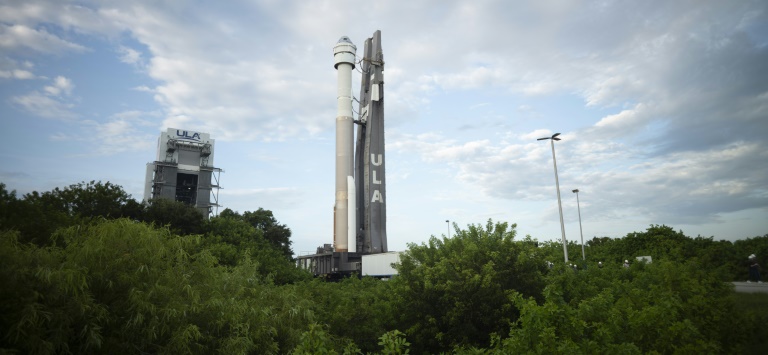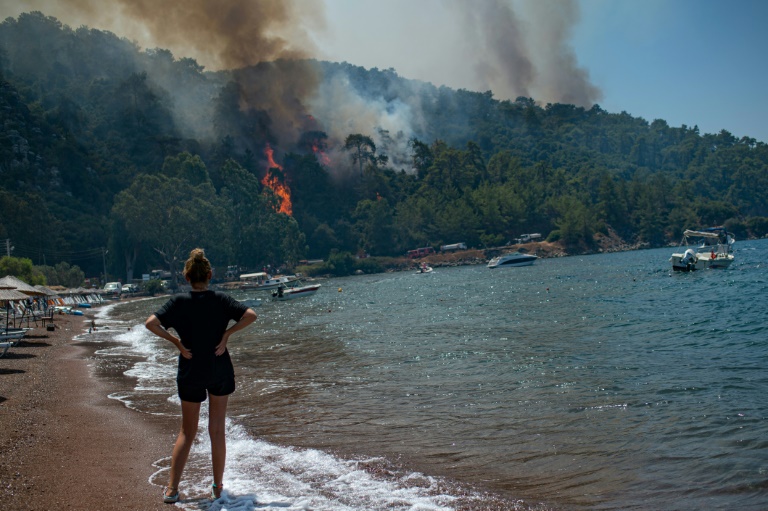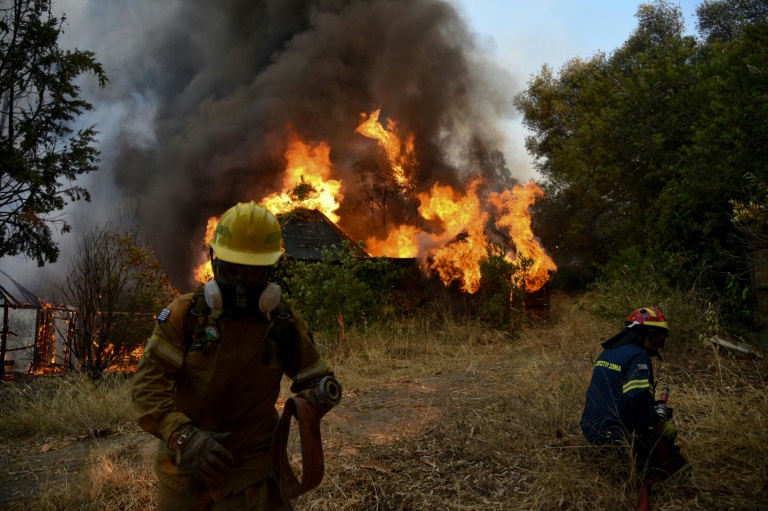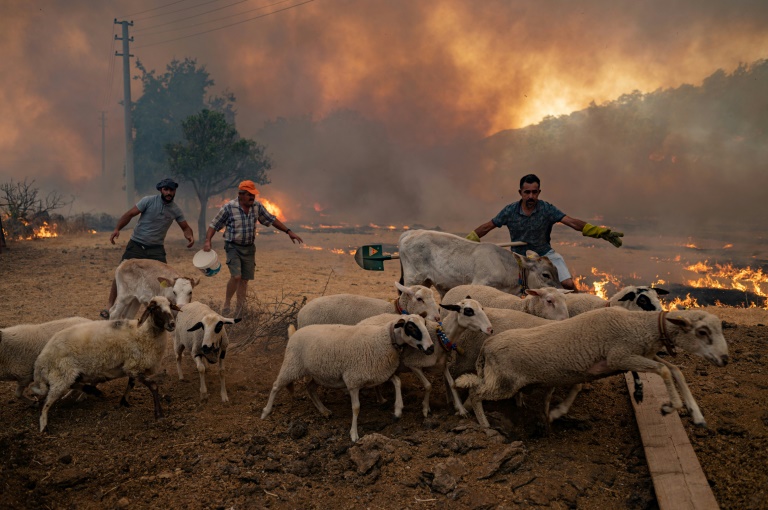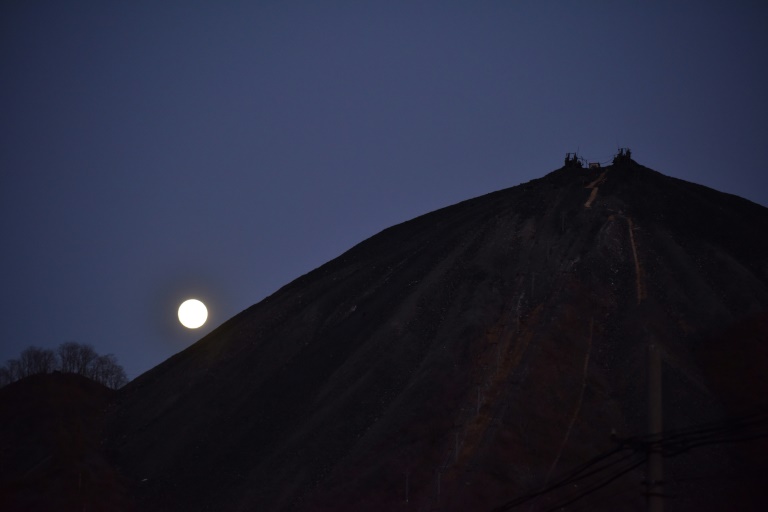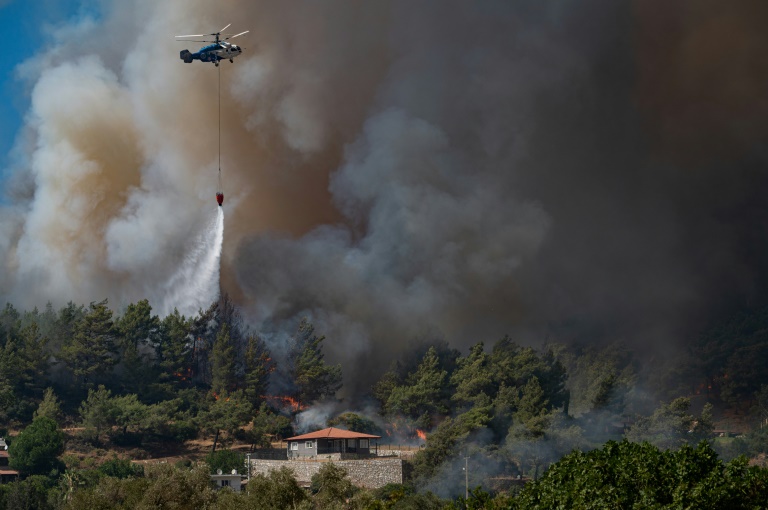Blaze cuts Athens motorway link
A forest fire broke out on Tuesday cutting a section of the main motorway linking Athens to northern and southern Greece, officials said, as the nation reels under a severe heatwave.
The civil protection service issued warnings to residents to be on the alert as the blaze spread at the foot of Mount Parnitha, 30 kilometres (20 miles) north of the capital.
The fire service advised some people living in the area to evacuate as the flames neared buildings.
Local media reported dozens of children had been evacuated from a holiday camp near the Athens suburb of Varympompi.
The fire brigade said five helicopters, five water-bombing aircraft, 70 fire trucks and 350 firemen were fighting the flames in the zone that includes the former Greek royal family’s summer palace of Tatoi and several monasteries.
In the southern Peloponnese region, 300 kms from the capital, three villages were evacuated after a fire started Tuesday afternoon.
And on the Aegean island of Kos, firefighters were also tackling a blaze — one of about 50 the authorities reported in the past 24 hours.
“We are facing the worst heatwave since 1987,” Prime Minister Kyriakos Mitsotakis said this week.
Experts have warned climate change was increasing both the frequency and intensity of the wildfires.
More than 3,000 hectares (7,400 acres) of pine and olive were torched by a fire that broke out on Saturday near the city of Patras, 200 kilometres (125 miles) west of Athens. It was brought under control on Monday.
Deputy Civil Protection Minister Nikos Hardalias announced there had been 1,584 fires across Greece in July compared to 953 in 2019, with 116 new blazes in just the previous 24 hours.
Temperatures of up to 45 degrees Celsius (113 degrees Fahrenheit) have been forecast for this week.
A fire on the Greek island of Rhodes, near the Turkish coast, has been burning since Sunday with firefighters struggling to gain the upper hand.
Turkey is suffering its worst fires in at least a decade, claiming the lives of eight people and forcing hundreds to evacuate in southern areas popular with tourists.

